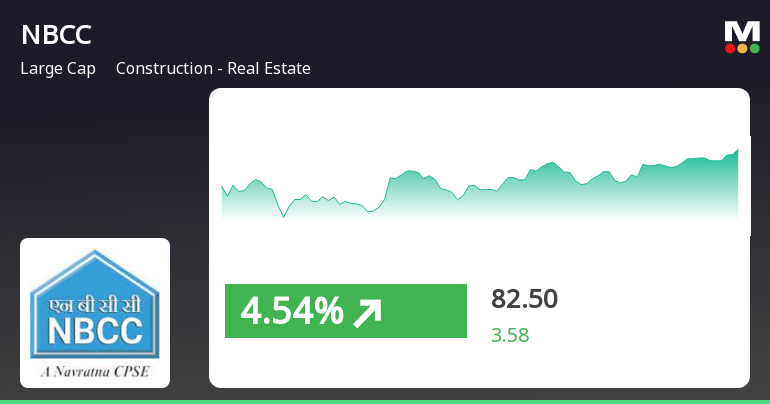Introduction to Spacewalks
Spacewalks or extravehicular activities, EVAs are crucial elements in human space exploration. These missions enable astronauts to carry out repair work, servicing equipment, and conducting scientific experiments outside the confined space of a spacecraft. Not long ago, NASA astronaut Sunita Williams conducted her first spacewalk since more than ten years ago; this has, therefore, exemplified not only the importance of these missions but also the issues that accompany long-duration space travel.
Sunita Williams: A Pathfinder in Space Expeditions
Sunita Williams, an Indian American astronaut, has been a great contributor to NASA’s space missions. Her eighth spacewalk was on January 16, 2025, and it was after a long time she spent aboard the International Space Station (ISS). Williams, along with astronaut Nick Hague, performed several critical repairs, including upgrades to the Neutron star Interior Composition Explorer (NICER) X-ray telescope. This was one of the most important moments in her career, showing her resilience and dedication to space exploration.
Challenges of Long-Duration Space Missions
The spacewalk was not just a routine task, but it exposed the challenges astronauts face during long-duration missions. Williams and Hague had been aboard the ISS for nearly ten months, which was much longer than initially planned. Their return was delayed due to complications with the Boeing Starliner capsule and the postponement of SpaceX’s Crew-10 mission. Such delays are psychologically and physically taxing on astronauts as they learn to live in microgravity and face the challenges of their missions.
Spacewalks in the Maintenance of the ISS
Spacewalks are of great importance in the maintenance of the ISS as a laboratory for scientific research and international cooperation. During their six-and-a-half-hour spacewalk, Williams and Hague performed a number of vital tasks, such as installing a new rate gyro assembly to help the ISS point in the correct direction and replace a reflector device for the international docking adapter. These efforts make sure that the station remains functional and can support the ongoing research and experiments.
Future Missions and Ongoing Research
Future, NASA has scheduled another spacewalk for January 23 with astronaut Williams and fellow astronaut Barry Wilmore. On this occasion, they will try to remove the antenna assembly and collect some material samples from the station’s exterior so that microbial life can be analyzed. Such upcoming missions show that there is constant maintenance and research aboard the ISS, which eventually contributes to understanding space and how it affects human bodies.
The Broader Implications of Space Exploration
Space exploration is not solely about technological advancements; it also offers insights into global collaboration and the potential for future human settlement on other planets. The challenges faced by astronauts like Williams pave the way for future missions to Mars and beyond. Each spacewalk and repair completed aboard the ISS is a step toward ensuring that humanity can safely venture further into space.
Conclusion: Legacy of Spacewalks
The recent spacewalk by Sunita Williams is a reminder of the feats accomplished in space. As we go forward, one cannot forget these missions; not only do they enhance our knowledge of space but also inspire young minds to think big and shoot for the stars. It is the work outside the ISS that will help extend the life of the station and the future of space exploration, making spacewalks an enduring legacy of human ingenuity and spirit.









